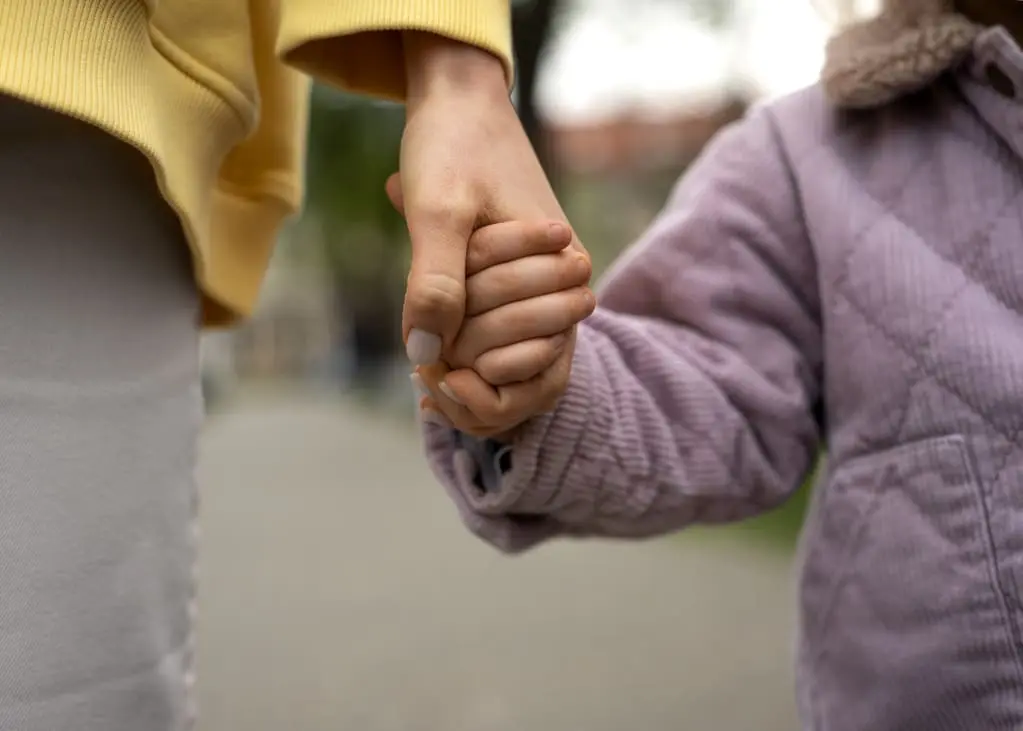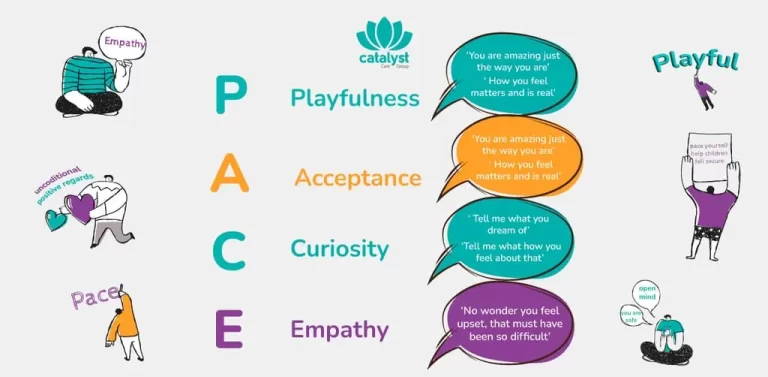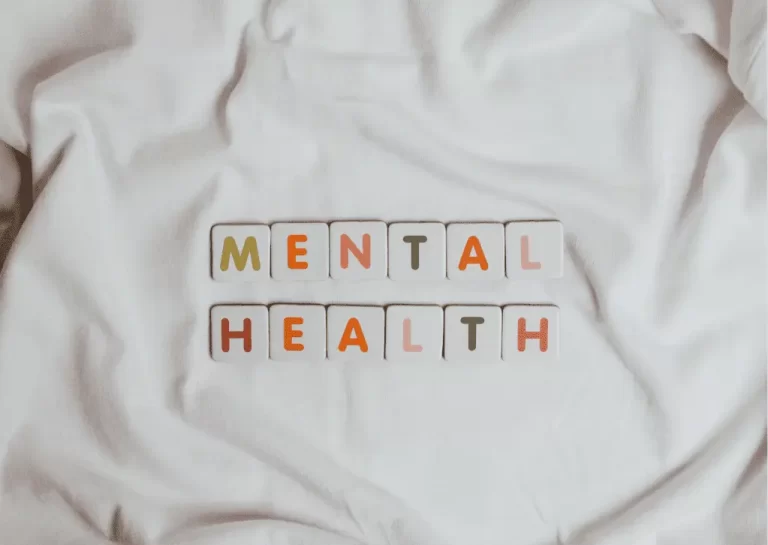Safeguarding is a critical responsibility for health and social care professionals. It covers a wide range of concerns, from abuse and neglect to exploitation. Child safeguarding necessitates comprehensive policies and protocols. These frameworks offer best practices and guidance, empowering professionals to effectively respond to concerns and recognise the signs of abuse.
What is Safeguarding Children?
Safeguarding involves protecting children and young people from potential abuse, neglect, and exploitation. It emphasises preventive actions to ensure their safety, health, and well-being. This includes adhering to policies and practices designed to prevent harm and protect welfare.
Child safeguarding is a holistic process that looks at all aspects of a child’s life, from physical and mental well-being to social development. It protects children from both deliberate and unintentional acts that pose a risk of harm, abuse, and neglect. Children deserve to live in safe environments where their needs are effectively met and their rights are respected. Social care services work with families, communities, and schools to create a comprehensive support system that addresses the safety and well-being of each child. This collaborative effort ensures that children and young people receive the protection and care they need to thrive.
The Types of Abuse Children Can Encounter
Child abuse is a global concern that requires effective prevention and intervention strategies. It’s important to recognise the different types of abuse children can encounter, from physical abuse at home to bullying in schools. Abuse can cause significant and potentially long-lasting effects on well-being, highlighting the need for proactive safeguarding policies.
The types of abuse children can experience include, but are not limited to, the following:
- Physical Abuse – inflicting physical harm or injury through actions like hitting, punching or shaking
- Emotional Abuse – inflicting emotional harm through verbal abuse, threats, humiliation or criticism
- Grooming and Exploitation– building trust to exploit vulnerability
- Neglect – failing to provide basic necessities of life, such as food, shelter, clothing, supervision, or medical care
- Bullying – including repeated experiences of name-calling, undermining, physical assault, and cyberbullying
The Roles and Responsibilities of a Social Worker Regarding Child Safeguarding
Social workers play a crucial role in safeguarding children and protecting their well-being. A significant part of their role involves responding to referrals, which are reports expressing concern about a child’s safety. Social workers assess whether a child is at risk of abuse, neglect, or harm, and if there is reason to suspect risk, a comprehensive assessment takes place.
They carefully assess the situation, gathering information from various sources, including family members, teachers, healthcare providers, and children themselves. Living conditions, relationships, and overall environments are evaluated to determine the level of risk and provide appropriate interventions.
Part of the responsibilities of a social worker involves developing and implementing tailored risk management plans. These plans safeguard children and address immediate concerns while prioritising their overall well-being. They remain flexible and can be modified if needs or circumstances change. Moreover, children and their families play an active role in crafting the plan, fostering a sense of empowerment.
Social workers collaborate closely with a range of professionals, like educators, healthcare providers, and community organisations, to create a proactive, multidisciplinary support network. Together, they help families access a range of support services, like counselling or parenting support, to help build a nurturing and secure environment where children can thrive.
What Should You Do if You Think a Child is Being Abused or Neglected?
If you suspect that a child is being abused or neglected, it’s important to take immediate action and report concerns to the local authorities. There are many warning signs to look out for, but even if you’re uncertain, it’s still important to speak up. By reporting child abuse, you’re protecting children and preventing further harm. Your action could lead to the support a child desperately needs.
If a child has confided in you about their experience of abuse and neglect, it’s vital to offer them support and reassurance. Let them know they’re not alone, that help is available, and that they will be cared for. Remind them that it’s not their fault and that they’ve done the right thing by confiding in you. It’s crucial to report safeguarding concerns as soon as possible. Taking notes after speaking to the child may help maintain accuracy. Remember, speaking up and taking action can make a significant difference in ensuring a child’s safety and well-being.
Where Should a Child Safeguarding Concern be Addressed?
If you have concerns about a child’s safety or welfare, it’s crucial to report them to the children’s social care team at their local council. If you’re unsure where the child lives, contact your local authorities, who can direct you to the right resources. Organisations like the NSPCC also play a crucial role in child protection. They have the expertise to respond to concerns effectively and can help you navigate worries if you’re uncertain about the signs of child abuse.
If you think a child is in immediate danger, call 999 and inform the police. For non-emergencies, report the crime online or call 101.
Every child has the right to safety, and it’s everyone’s responsibility to uphold that right.

The Importance of Safeguarding Training
In the UK, safeguarding training is a legal requirement for anyone working with children, as it equips them with the knowledge and skills necessary to protect children and young people from harm, abuse, and neglect. Effective training ensures that professionals or volunteers can recognise the signs of abuse and understand the appropriate actions to take when concerns arise. It also helps to build a culture of vigilance and responsibility, where safeguarding is a priority, and everyone is aware of their role in maintaining the well-being of children.
Catalyst Care Group Safeguarding Policies to Ensuring Safety and Welfare
At Catalyst Care Group, we are deeply committed to ensuring that every child under our care is protected from harm, abuse, and neglect. Our comprehensive safeguarding policies are designed to align with best practices and are regularly reviewed to reflect the latest standards and regulations.
As a family of organisations, we take a holistic and inclusive approach to care, creating secure and nurturing environments where children can thrive. Our team members undergo extensive safeguarding training and respond effectively to any potential safeguarding concerns. Moreover, by involving children and their families in the development of personalised care plans, we ensure that their voices are heard, their needs are met, and their rights are upheld.













